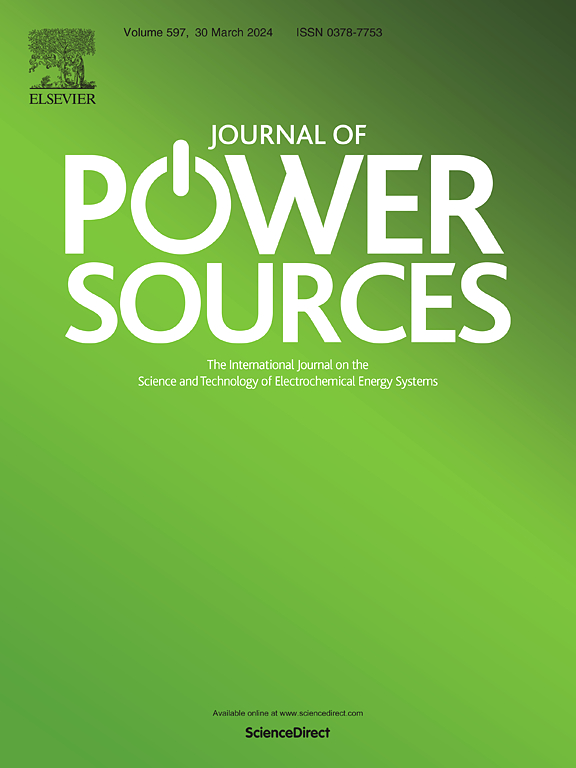Preparation of high performance MnO2 cathode for lithium primary battery through uniform particle size and crystal modulation
IF 8.1
2区 工程技术
Q1 CHEMISTRY, PHYSICAL
引用次数: 0
Abstract
Commercial electrolytic manganese dioxide (EMD) is a widely applicable cathode material in lithium primary batteries (LPBs). Nevertheless, the EMD is limited by several key issues in practical use, which are mainly low electronic conductivity and slow diffusion kinetics. A particle size and crystal type modulation strategy were used to improve the electronic conductivity and ion diffusion kinetics of EMD for the first time. EMD treated with sand milling has a smaller and narrower particle size distribution, which improves reaction kinetics. As analyzed by Rietveld structure refinement, the heat treatment at different temperatures resulted in different degrees of phase transition from γ-MnO2 to β-MnO2 in EMD. The β-MnO2 improved the electrical conductivity of EMD, and the crystal structure defects caused by mixing γ-MnO2 with β-MnO2 provided more electrochemical reaction sites. Electrochemical tests demonstrated that the heat-treated EMD after sand milling (SEMD-T) exhibited enhanced electrochemical properties. In particular, the specific capacity of SEMD-380 is 245.7 mAh g−1 at 0.1 C, which reached 79.8 % of theoretical specific capacity. The maximum energy density of SEMD-380 at 5 C (332.50 Wh kg−1) exceeds that of EMD by a factor of three. These findings offer effective guidance for designing high performance electrodes in the future.
求助全文
约1分钟内获得全文
求助全文
来源期刊

Journal of Power Sources
工程技术-电化学
CiteScore
16.40
自引率
6.50%
发文量
1249
审稿时长
36 days
期刊介绍:
The Journal of Power Sources is a publication catering to researchers and technologists interested in various aspects of the science, technology, and applications of electrochemical power sources. It covers original research and reviews on primary and secondary batteries, fuel cells, supercapacitors, and photo-electrochemical cells.
Topics considered include the research, development and applications of nanomaterials and novel componentry for these devices. Examples of applications of these electrochemical power sources include:
• Portable electronics
• Electric and Hybrid Electric Vehicles
• Uninterruptible Power Supply (UPS) systems
• Storage of renewable energy
• Satellites and deep space probes
• Boats and ships, drones and aircrafts
• Wearable energy storage systems
 求助内容:
求助内容: 应助结果提醒方式:
应助结果提醒方式:


